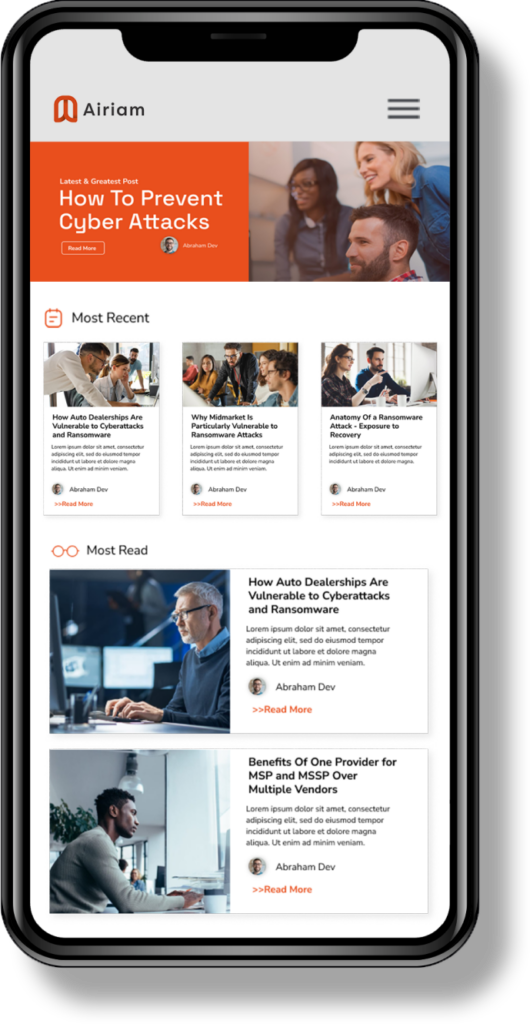Threat Actors: Breaking It Down
As a business owner, there are so many things you need to worry about on a daily basis, like employee management, product competition, and customer satisfaction. The last thing you want to think about are threat actors looking for cyber vulnerabilities. Unfortunately, you need to be thinking about them, and you also need to be proactive about stopping them at every step.
What Can Threat Actors Do To Your Business?
Threat actors are individuals or groups that pose a risk to the security of computer systems, networks, and data. This includes hackers, cybercriminals, insider threats, hacktivists, and competitors/industrial spies. While some threat actors hope to just disrupt your business or get attention, some may aim to steal data, leak sensitive information, commit theft, or attack through ransomware. According to Forbes, it’s “estimated that 560,000 new pieces of malware are detected every day and that there are now more than 1 billion malware programs circulating.”
Threat actors constantly evolve their tactics, adapt to new technologies, and exploit vulnerabilities in software, systems, or human behavior. A new concern to be aware about is the usage of AI to create more legitimate-looking phishing and hacking attempts. Protecting against these threat actors requires robust cybersecurity measures, employee awareness, regular updates and patching of systems, and proactive monitoring of network activities.
How Can You Detect Threats?
In our previous webinar series, “Are You Cybersecurity Ready?”, we covered how to actively monitor threats. Some techniques we talked about were:
- Using security software to identify and block threats, such as malware and phishing attacks.
- Monitoring network traffic to identify suspicious activity, such as large data transfers or unusual login attempts.
- Using threat intelligence to identify emerging threats and provide insights into the tactics and techniques of attackers.
- Threat hunting to actively search for threats that may have evaded traditional security controls
However, even if you have these monitors in place, do you know what the threats will look like when you’re being attacked? What about steps to take before, during, and after an attack?
Threat Actors – Interactive Webinar
Airiam is hosting our next series of webinars in collaboration with our partners! Each partner will help us walk through 4 key moments of a threat actor attack.
| DATE | TOPIC | PARTNER | REGISTER |
| July 19, 11AM EST | Live Attack Simulation |  |
Register Here |
| August 29, 12PM EST | How to Defend Your Company During an Attack |  |
Register Here |
| September 19, 12PM EST | How to Rebuild Your Company After an Attack |  |
Register Here |
| October | How to Prepare Your Company for Future Attacks | Registration link coming soon |
PLEASE NOTE: The dates and/or times for the webinar registrations are subject to change. However, all registrants will receive an email with the recording and webinar summary attached the day after the event. We apologize for any inconvenience and appreciate your understanding.

